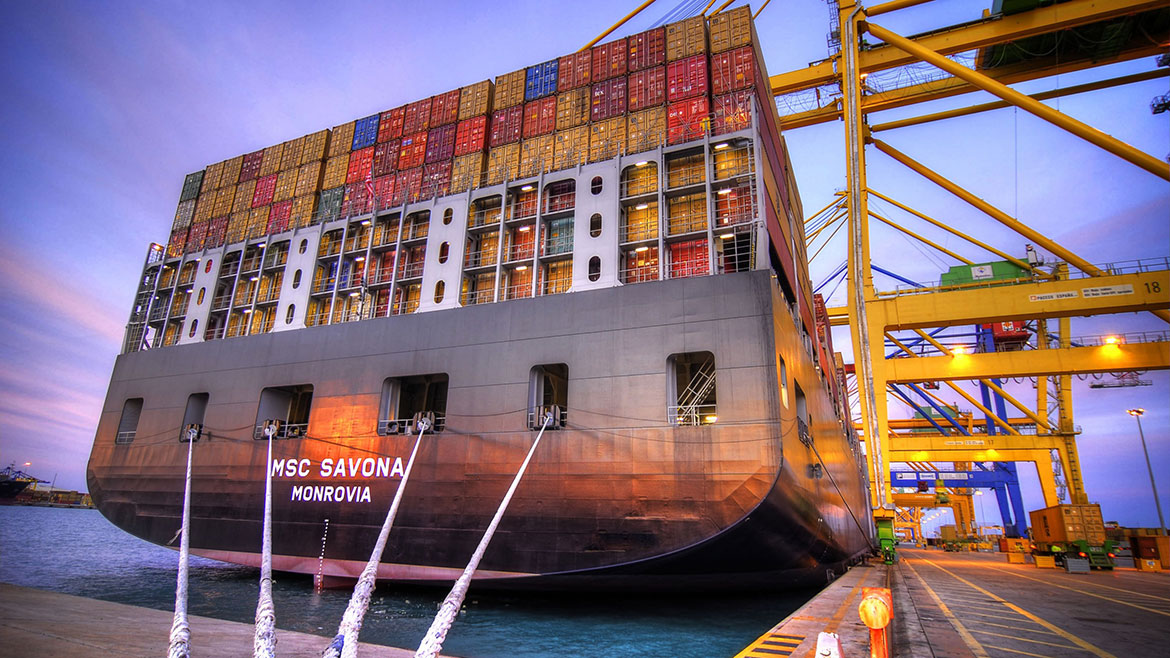Asia-Pacific trade deal signed by 11 nations
Eleven Asia-Pacific countries have just signed the trade pact formerly known as the Trans-Pacific Partnership. Although the US pulled out last year, the deal was salvaged by the remaining members, who signed it at a ceremony in the Chilean city of Santiago.
Chilean foreign minister Heraldo Munoz said the agreement was a strong signal “against protectionist pressures, in favour of a world open to trade”. The deal covers a market of nearly 500 million people, despite the US pullout. In the absence of the US, it has been renamed the Comprehensive and Progressive Agreement for Trans-Pacific Partnership (CPTPP).
Extraneous adjectives aside, its supporters say it’s hugely significant, and could be a model for future trade deals.
What does it do?
Its main purpose is to slash trade tariffs between member countries. But it also seeks to reduce so-called non-tariff measures, which create obstacles to trade through regulations. There are chapters which aim to harmonise these regulations, or at least make them transparent and fair. There are also commitments to enforce minimum labour and environmental standards.
It also includes a controversial Investor-State Dispute Settlement mechanism, which allows companies to sue governments when they believe a change in law has affected their profits. Who’s in it? In alphabetical order: Australia, Brunei, Canada, Chile, Japan, Malaysia, Mexico, New Zealand, Peru, Singapore and Vietnam. The US is conspicuously absent. President Donald Trump fulfilled an election promise by pulling out in January last year, labelling the deal a disaster for American workers.

